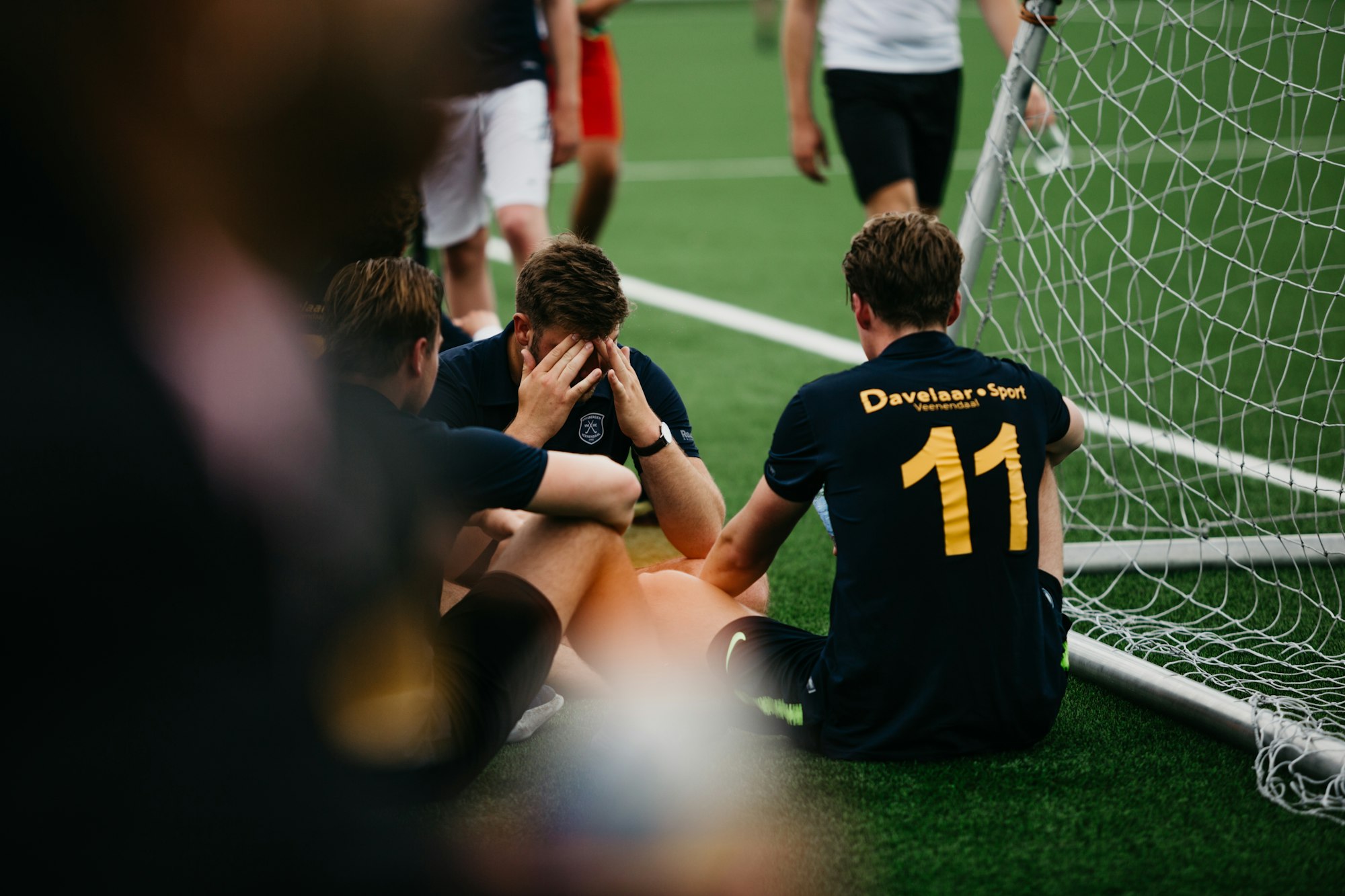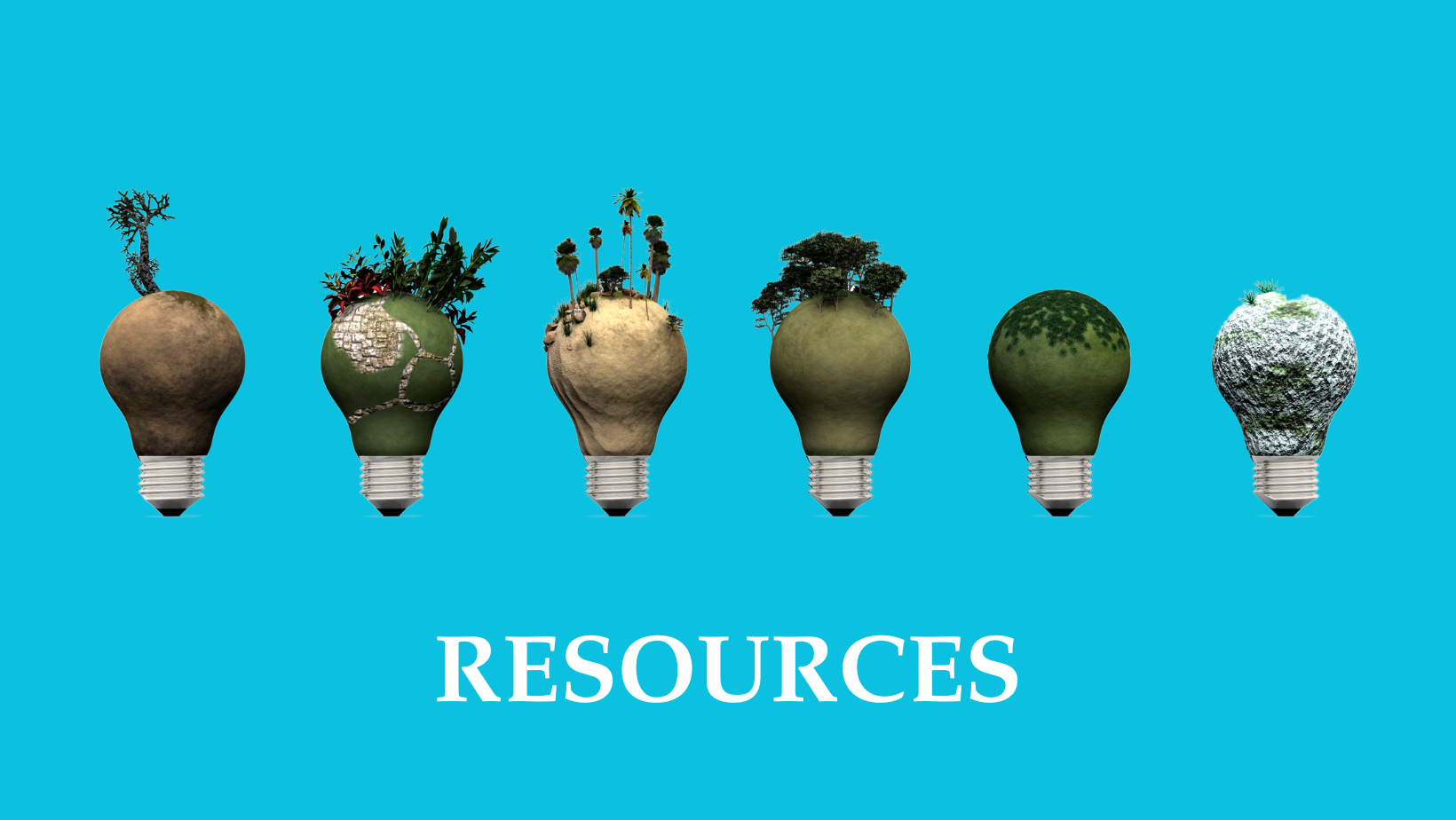Imagine you are about to compete in a major event, such as a marathon, a soccer game, or a tennis match. You have trained hard for months, and you are confident in your abilities. But as the moment of truth approaches, you start to feel a surge of emotions. You may feel excited, nervous, anxious, angry, or even fearful. How do you cope with these emotions? How do they affect your performance? And how can you use them to your advantage?
These are some of the questions that I will address in this article. Emotions are subjective feelings that arise in response to situations or events that are important to us. They involve physiological, cognitive, behavioural, and social aspects, and they influence our goals and motivations. Emotions are an integral part of sport and exercise psychology, and they can have both positive and negative effects on our performance and well-being.
Emotional regulation is the process of managing and modifying our emotions in order to achieve a desired goal or outcome. It is a crucial skill for athletes and coaches, as it can help them cope with stress, enhance motivation, improve concentration, increase confidence, and enjoy their activities. Emotional regulation is not about suppressing or avoiding emotions, but rather about understanding, expressing, and using them effectively.
In this article, you will learn about the different types of emotions and how they are generated, the benefits and challenges of experiencing positive and negative emotions in sport and exercise, and the main strategies for emotional regulation in sport and exercise. You will also find examples and tips for applying these concepts and strategies in different situations and contexts. By the end of this article, you will have a better understanding of how to master your emotions in sport and exercise, and how to use them to enhance your performance and well-being.
Types of Emotions and How They Are Generated
Emotions are complex and multidimensional phenomena that involve physiological, cognitive, behavioural, and social aspects. Emotions can be classified into two main types: basic and complex. Basic emotions are universal and innate, such as happiness, sadness, anger, fear, disgust, and surprise. Complex emotions are more specific and learned, such as pride, guilt, shame, envy, gratitude, and compassion.
Emotions are generated by a process called appraisal, which is the evaluation of a situation or an event in relation to one’s goals, values, beliefs, and expectations. Appraisal can be conscious or unconscious, and it can occur before, during, or after the situation or event. Appraisal determines the type, intensity, and duration of the emotion that is experienced.
For example, if an athlete wins a race, he or she may appraise the situation as positive, congruent with his or her goals, and attributable to his or her effort and ability. This may lead to the experience of happiness and pride. On the other hand, if an athlete loses a race, he or she may appraise the situation as negative, incongruent with his or her goals, and attributable to external factors or bad luck. This may lead to the experience of sadness and anger.
Benefits and Challenges of Positive and Negative Emotions in Sport and Exercise
Emotions can have both positive and negative effects on sport and exercise performance and behaviour, depending on the type, intensity, and duration of the emotion, as well as the individual’s interpretation and coping skills. Generally speaking, positive emotions, such as happiness, excitement, joy, and pride, are associated with enhanced motivation, positive self-talk, confidence, concentration, and enjoyment in sport and exercise. Positive emotions can also reduce anxiety, improve immune function, and promote physical and mental health.
However, positive emotions are not always beneficial for performance. Sometimes, positive emotions can lead to overconfidence, complacency, or distraction, especially if they are too intense or inappropriate for the situation. For example, an athlete who is too excited or euphoric before a competition may lose focus or underestimate the challenge ahead.
Negative emotions, such as sadness, anger, fear, anxiety, and shame, are often considered detrimental for performance and well-being. Negative emotions can impair motivation, confidence, concentration, and enjoyment in sport and exercise. Negative emotions can also increase stress, impair immune function, and contribute to mental health problems such as depression.
However, negative emotions are not always harmful for performance. Sometimes, negative emotions can serve as a source of motivation, challenge, or feedback, especially if they are mild or moderate in intensity and appropriate for the situation. For example, an athlete who feels angry or frustrated after a poor performance may use that emotion to fuel his or her determination to improve.
Strategies for Emotional Regulation in Sport and Exercise
Given that emotions can have both positive and negative effects on performance psychology, athletes and coaches need to develop effective strategies for emotional regulation in sport and exercise. These strategies can be classified into two broad categories: antecedent-focused and response-focused. Antecedent-focused strategies are those that target the appraisal process before the emotion is fully generated, such as cognitive restructuring, attentional control, and goal-setting. Response-focused strategies are those that target the emotional response after it is generated, such as relaxation, imagery, self-talk, and expressive suppression.
Cognitive restructuring is the process of changing the way one thinks about a situation or an event in order to change its emotional impact. For example, an athlete who is nervous about a competition may reappraise it as a challenge rather than a threat, or as an opportunity rather than a risk. Cognitive restructuring can help reduce negative emotions and enhance positive emotions.
Attentional control is the process of directing one’s focus to relevant aspects of the situation or the task, and away from irrelevant or distracting aspects. For example, an athlete who is anxious about the outcome of a game may utilise mindfulness and focus on the present moment and the process of performance, rather than on the future consequences or the expectations of others. Attentional control can help reduce anxiety and improve concentration.
Goal-setting is the process of establishing specific, measurable, achievable, realistic, and time-bound objectives for one’s performance or behaviour. For example, an athlete who is frustrated by a lack of progress may set short-term and long-term goals that are challenging but attainable, and monitor his or her progress regularly. Goal-setting can help increase motivation, confidence, and satisfaction.
Relaxation is the process of reducing physiological arousal and muscular tension in order to calm oneself and cope with stress. For example, an athlete who is tense before a competition may use progressive muscular relaxation, breathing exercises, or meditation to relax his or her body and mind. Relaxation can help lower stress hormones, blood pressure, and heart rate.
Visualization is the process of creating or recreating mental images of situations, events, or actions in order to enhance one’s performance or emotional state. For example, an athlete who is lacking confidence may use imagery to visualize himself or herself performing successfully and confidently in a competition. By mentally rehearsing tasks, individuals can help improve skills, strategies, motivation, and self-efficacy.
Self-talk is the process of using verbal or non-verbal cues to influence one’s thoughts, feelings, or actions. For example, an athlete who is feeling angry after a mistake may use self-talk to calm himself or herself down and refocus on the next task. Positive self-talk can help regulate emotions, enhance performance, and cope with adversity.
Expressive suppression is the process of inhibiting or concealing one’s emotional expressions or behaviours in order to conform to social norms or expectations. For example, an athlete who is feeling sad after a loss may suppress his or her tears or facial expressions in order to appear strong or professional. Expressive suppression can help avoid negative social consequences, but it can also have costs such as increased physiological arousal and reduced memory.
Role of Social Support, Feedback, and Communication in Emotional Regulation
Emotional regulation is not only an intrapersonal process, but also an interpersonal one. We often rely on other people to help us regulate our emotions, and we also help others regulate their emotions. Social support, feedback, and communication are three key aspects of interpersonal emotional regulation.
• Social support is the perception or experience of being cared for, valued, and respected by others who are available to provide emotional, informational, or instrumental assistance. Social support can help buffer the negative effects of stress and enhance well-being and mental health. Social support can also facilitate emotional regulation by providing validation, empathy, perspective, guidance, or distraction.
• Feedback is the information or evaluation that one receives from others regarding one’s performance or behaviour. Feedback can be positive or negative, specific or general, descriptive or prescriptive, and verbal or nonverbal. Feedback can influence one’s emotions by affecting one’s self-evaluation, self-efficacy, motivation, and satisfaction.
• Communication is the process of exchanging verbal and nonverbal messages with others. Communication can serve various functions for emotional regulation, such as expressing one’s emotions, seeking support or advice, venting or catharsis, problem-solving or coping, negotiating or resolving conflicts, and influencing or persuading others.
Social support, feedback, and communication can be beneficial or detrimental for emotional regulation depending on various factors, such as the source, timing, frequency, quality, and appropriateness of the interaction. For example, receiving positive feedback from a trusted coach can boost one’s confidence and happiness, while receiving negative feedback from a hostile opponent can trigger anger and resentment. Similarly, communicating one’s emotions to a supportive friend can relieve stress and enhance closeness, while communicating one’s emotions to an unsympathetic stranger can increase anxiety and embarrassment.
Therefore, athletes and coaches need to be aware of how their interactions with others affect their own and others’ emotions. They also need to develop skills for providing and receiving social support, feedback, and communication in ways that foster positive emotions and minimize negative emotions.
Conclusion
Emotions are an integral part of sport and exercise, and they can have both positive and negative effects on performance and well-being. Emotional regulation is the process of managing and modifying one’s emotions in order to achieve a desired goal or outcome. Emotional regulation is a crucial skill for athletes and coaches, as it can help them cope with stress, enhance motivation, improve concentration, increase confidence, and enjoy their activities.
In this article, I have discussed the different types of emotions and how they are generated, the benefits and challenges of experiencing positive and negative emotions in sport and exercise, and the main strategies for emotional regulation in sport and exercise. I have also highlighted the role of social support, feedback, and communication in emotional regulation. Furthermore, I have provided examples and tips for applying these concepts and strategies in different situations and contexts.
However, emotional regulation is not a simple or straightforward process. It requires awareness, flexibility, experimentation, and practice. It also depends on various individual, situational, and contextual factors. Therefore, athletes and coaches need to find out what works best for them and their specific goals and challenges.
I hope that this article has provided you with some useful information and insights on how to master your emotions in sport and exercise. I encourage you to use this knowledge to enhance your performance and well-being, as well as to help others do the same.
If you enjoyed reading this article, you may also like this article that summarizes 10 Effective Mental Strategies for Sports Performance Enhancement:















Discussion